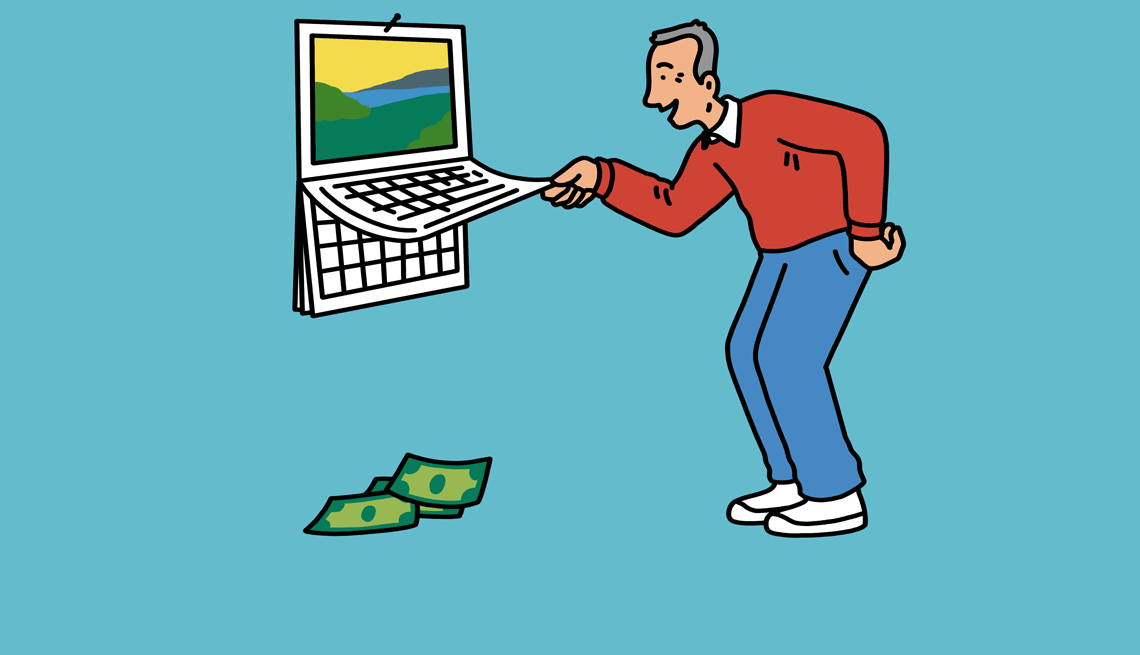Play all audios:
If your home down payment was less than 20 percent, you may be paying private mortgage insurance (PMI) every month; typically, PMI costs you between 0.58 percent and 1.86 percent of your
loan’s size annually. But if you’ve gained equity since the purchase, thanks to your payments or rising home prices, and now owe 80 percent or less of the home’s value, you may be able to
stop paying that extra fee. Call your mortgage provider to find out how to get it removed. 19. CONSIDER DROPPING COLLISION COVERAGE ON AN OLDER CAR If you have an older car that you own
outright, and the premium for collision coverage amounts to more than 10 percent of its value, consider dropping the coverage, which can save you several hundred dollars a year. Instead, set
some cash aside or earmark some savings to cover the cost of fixing your car in the event of a crash or replacing it if it gets stolen. Getting rid of one vehicle can make a huge difference
in your monthly bills. Sam Island 20. GO DOWN TO ONE CAR If your household has two (or more) vehicles, getting rid of one can make a huge difference in your monthly bills. The average
annual cost of driving a new, gas-powered, medium-sized sedan is more than $10,000 per year, according to AAA. Even driving a used car can add up, given increased insurance costs and the
price of gas and potential maintenance. Ditching your car, though, doesn’t mean getting stuck at home — even if you don’t live in an urban area. “There are so many more forms of public
transportation now available to people in their communities that they might not be aware of,” says Paul Comfort, author of _The New Future of Public Transportation_. In recent years, many
transportation agencies have invested in “micro-transit” programs, which subsidize the cost of taking a rideshare from your house to a bus or train station. Others allow buses to go a
certain amount off their routes to provide door-to-door service to some passengers. Call your local transit agency’s customer service department to see what’s available in your area. 21.
BOOST YOUR DEDUCTIBLES Increasing your deductible for both home and auto insurance is another way to lower your insurance premiums. But make sure that you have enough money in your
emergency fund to cover the deductible, should you need it, without having to tap into more expensive sources of funds like credit cards, loans or retirement withdrawals. A medium-to-high
deductible is the “sweet spot,” says Michael Giusti, an analyst with insuranceQuotes.com. “Something like a $500 to a $1,000 deductible, or even as high as $2,500, will give you lower
premiums, while also making sure you aren’t tempted to claim small things and risk higher premiums, or being dropped altogether," he says. 22. DON’T PAY FOR BANKING Among
non-interest-bearing checking accounts that levy maintenance fees, the average cost is more than $5 a month, according to Bankrate. But many banks offer no-fee accounts for older customers
or waive fees if you meet requirements such as keeping a minimum balance, opting into direct deposit or using your debit card more than a certain number of times per month. Check to see what
your bank offers or consider switching to a bank (find one at NerdWallet or MyBankTracker.com) that doesn’t charge monthly fees. 23. EARN CASH BACK OR REWARDS FOR BILL PAYMENTS As long as
your provider does not charge an additional fee for using a credit card — and you’re able to pay your credit card bill in full each month — consider using a cash-back credit card to pay
recurring bills. Some cards offer higher cash back rates on specific types of monthly bills. The U.S. Bank Cash+ card, for example, allows you to choose two categories, such as home
utilities or TV and internet streaming services, to receive 5 percent cash back, while the American Express Green Card pays 3x points for transit expenses, including commuting costs like
train fare, tolls and parking. Those points are redeemable, at a discount, for cash. 24. GET A BREAK ON CREDIT CARD INTEREST This may be as simple as calling your card issuer and asking for
a lower rate. Three in four cardholders who did this had their request granted, according to LendingTree. You can lower your rate even further by taking advantage of a balance-transfer
card, which typically offers zero percent interest for a time, generally from 12 to 21 months, at the cost of a balance transfer fee, usually in the range of 3 to 5 percent. That can give
you some breathing room to pay down your balance. 25. IMPROVE YOUR CREDIT-UTILIZATION RATIO Having a good credit score can lower your overall bills, since it unlocks lower rates on loans and
insurance. In addition to making timely payments, reducing your credit-utilization ratio — the amount of credit you have compared to the amount you use — is an important factor in boosting
your score. Paying down your balance is the best way to improve the ratio, but increasing your limit can help as well. “But it’s important that you don’t just go out and spend all of the new
limit,” Schulz says. “You just let it sit there.”

